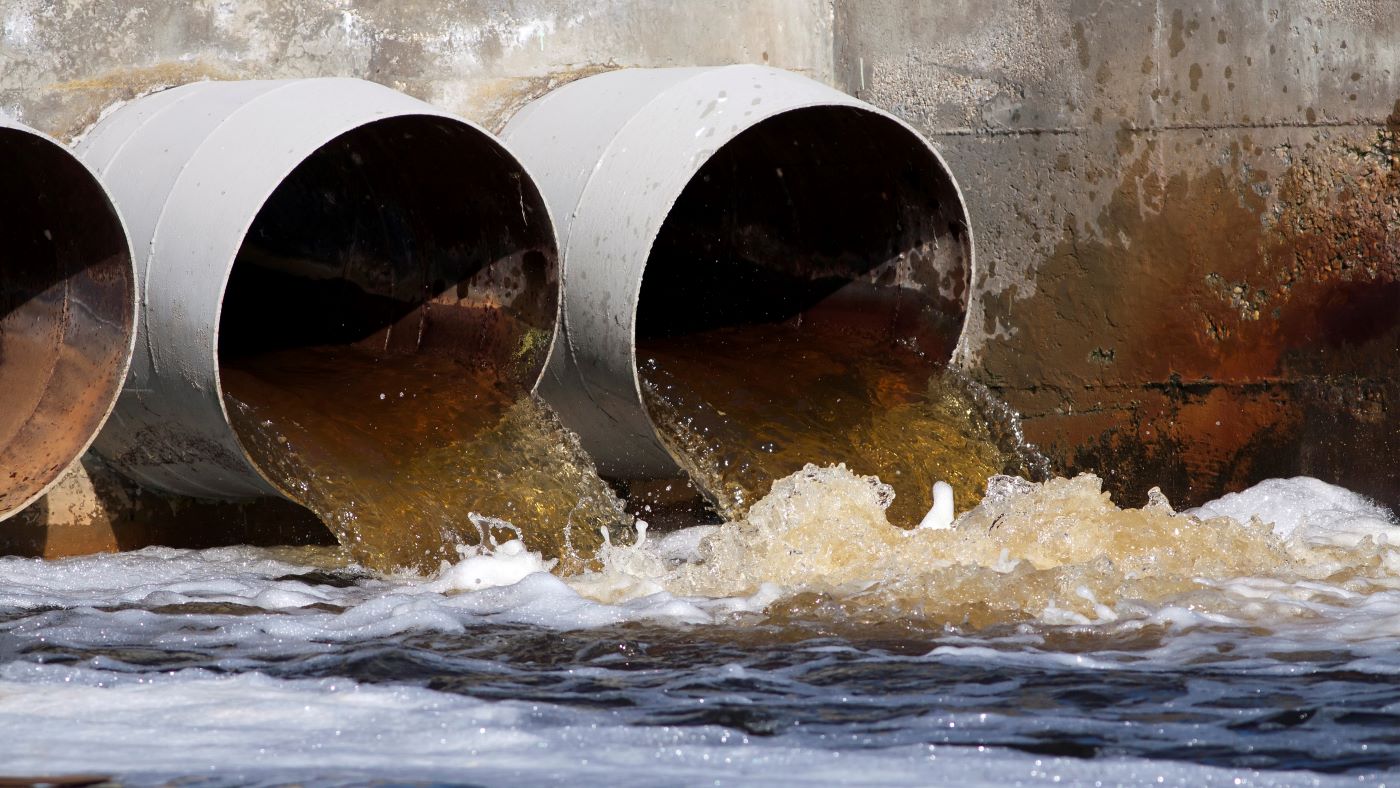Enhanced Waste Water Treatment Solutions for Sustainable Water Management
Enhanced Waste Water Treatment Solutions for Sustainable Water Management
Blog Article
Strategic Approaches to Boost Waste Water Therapy Effectiveness and Decrease Ecological Influence
In the realm of waste water therapy, the pursuit for improved performance and minimized environmental impact is a continuous obstacle that requires calculated solutions. As culture faces the important to manage water resources sustainably, a nuanced method becomes vital. The combination of sophisticated therapy technologies, energy-efficient processes, source recuperation approaches, boosted nutrient elimination techniques, and wise monitoring and control systems stands for a diverse framework for dealing with these pressing issues. What lies at the core of this facility internet of approaches is the potential to change the means we come close to waste water treatment, not simply as a procedure of disposal, but as a beneficial possibility for technology and ecological stewardship.
Advanced Therapy Technologies
Sophisticated membrane layer purification systems have actually transformed sophisticated wastewater therapy processes, dramatically boosting the elimination of contaminants. These ingenious systems work forcibly water with a semi-permeable membrane, successfully dividing pollutants from the water stream. The membrane's tiny pores catch contaminants such as germs, viruses, and put on hold solids, enabling just cleansed water to pass through. This innovation has verified to be highly efficient in getting rid of a large range of impurities, including drugs, heavy steels, and natural substances, which are commonly challenging to eliminate with traditional therapy techniques.
Moreover, membrane layer filtration systems offer countless advantages over traditional treatment approaches. They call for less space, generate higher-quality effluent, and are a lot more immune to changes in influent water top quality. Furthermore, these systems are highly flexible and can be easily integrated into existing therapy plants or made use of as standalone devices for decentralized applications. As the demand for tidy water remains to increase, the fostering of sophisticated membrane filtration modern technologies is vital to make sure reliable and lasting wastewater treatment techniques.
Energy-Efficient Procedures
The integration of energy-efficient processes in wastewater treatment systems is critical for maximizing source application and lowering operational costs. One key technique to enhancing power efficiency in wastewater therapy is the usage of advanced oygenation systems, such as fine bubble diffusers or surface aerators, which can enhance oxygen transfer efficiency and lower power intake.
Moreover, optimizing procedure control and automation through the use of innovative sensing units and keeping track of systems can enhance overall energy efficiency by adjusting operations in real-time based on real demand and conditions. Carrying out energy audits and frequently keeping track of power efficiency indications are essential practices to identify locations for improvement and track energy-saving campaigns effectively. Generally, the fostering of energy-efficient procedures in wastewater treatment not just profits the environment yet additionally adds to long-term cost savings and operational sustainability.
Resource Recovery Techniques
With a concentrate on maximizing resource usage and sustainability in wastewater therapy systems, the application of resource recuperation approaches becomes an essential facet in improving functional performance. Resource recuperation techniques in wastewater therapy include the identification and extraction of beneficial resources from the waste stream, thereby turning what was when considered waste into an important asset. By implementing like it source healing methods such as nutrient removal and recuperation, energy generation from organic issue, and the production of reusable water, wastewater treatment plants can decrease ecological influence while maximizing efficiency.

Improved Nutrient Elimination Methods
Executing sophisticated nutrient removal strategies is essential for optimizing the efficiency of wastewater therapy systems. One of the key strategies used for boosted nutrient elimination is the process of biological nutrient elimination (BNR), which entails the removal of nitrogen and phosphorus with biological procedures.

In enhancement to BNR, progressed therapy techniques such as membrane bioreactors (MBRs) and constructed wetlands can likewise be used to boost nutrient removal effectiveness. MBRs use membranes to attain premium effluent requirements by efficiently getting rid of nutrients and suspended solids. Constructed marshes resemble natural a knockout post marsh processes to get rid of nutrients via plant uptake, microbial activity, and sedimentation. By try these out including these innovative nutrient removal methods into wastewater therapy districts, industries and systems can effectively lower nutrient contamination and protect the environment.
Smart Surveillance and Control Solution
Making use of sophisticated technology, the combination of smart surveillance and control systems changes the functional efficiency of wastewater therapy facilities. These systems include innovative sensing units and information analytics to continually check crucial criteria such as pH degrees, turbidity, liquified oxygen, and circulation rates in real-time. By collecting and examining this information, drivers can gain beneficial insights right into the performance of the treatment procedures, making it possible for positive modifications to enhance therapy efficiency.
Smart monitoring and control systems also sustain remote surveillance abilities, allowing operators to gain access to real-time data and control functions from off-site places. This remote access improves operational versatility and responsiveness, allowing quick interventions in case of system breakdowns or fluctuations in influent quality. The predictive upkeep capacities of these systems aid prevent equipment failures and lessen downtime, ultimately boosting the general integrity of wastewater treatment operations.
Conclusion
To conclude, tactical methods such as advanced treatment technologies, energy-efficient procedures, resource healing methods, boosted nutrient elimination methods, and wise surveillance and control systems play a vital role in enhancing wastewater therapy performance and minimizing ecological effect. By applying these strategies, wastewater therapy plants can enhance their general efficiency, minimize power intake, recoup valuable sources, and make sure conformity with ecological laws. These techniques are necessary for reliable and lasting wastewater management practices.

In final thought, strategic techniques such as advanced treatment innovations, energy-efficient processes, resource recovery techniques, boosted nutrient removal methods, and smart monitoring and control systems play a critical duty in improving wastewater treatment efficiency and decreasing environmental influence.
Report this page